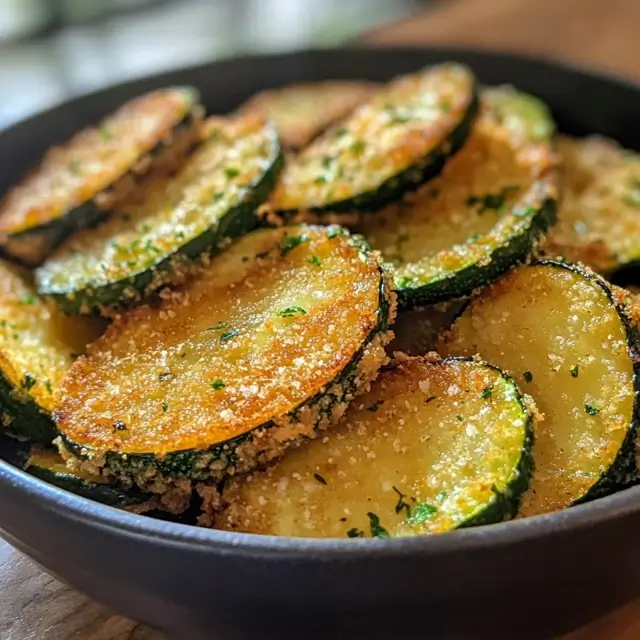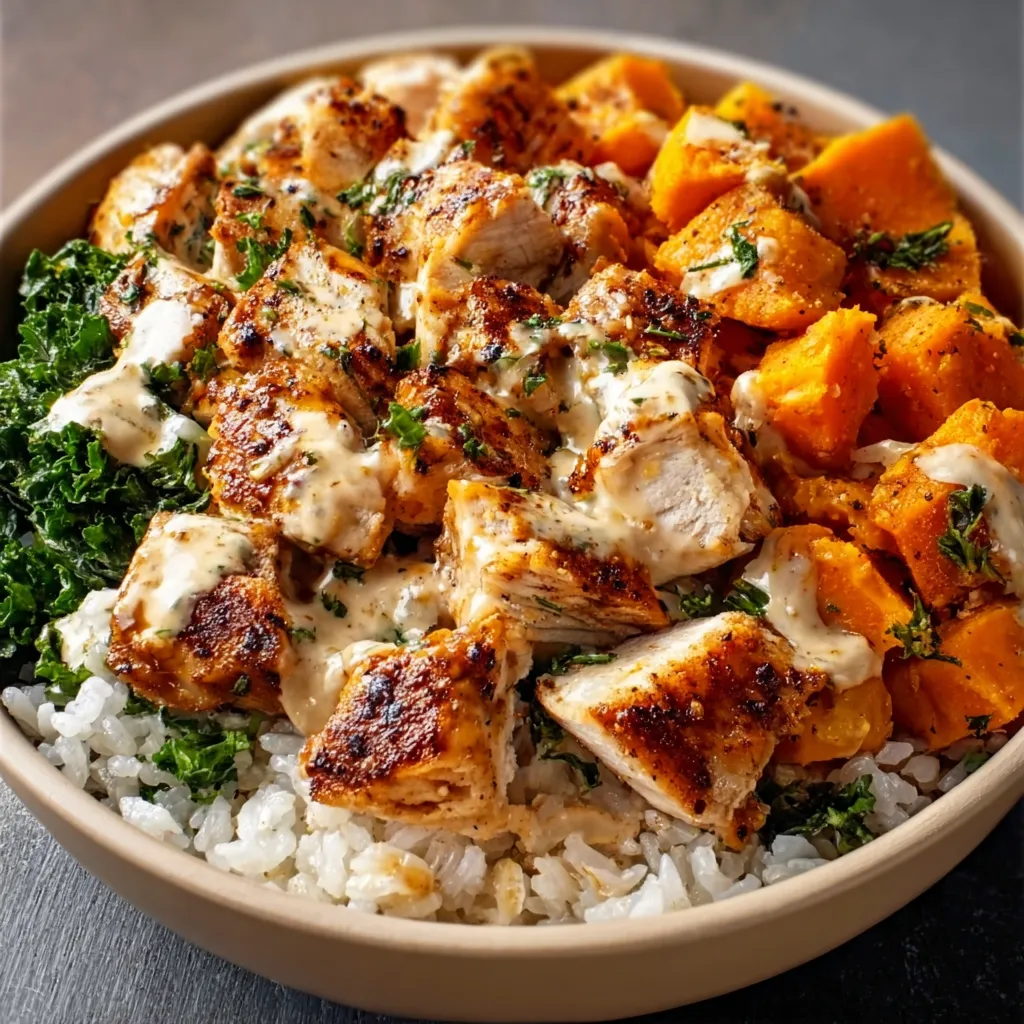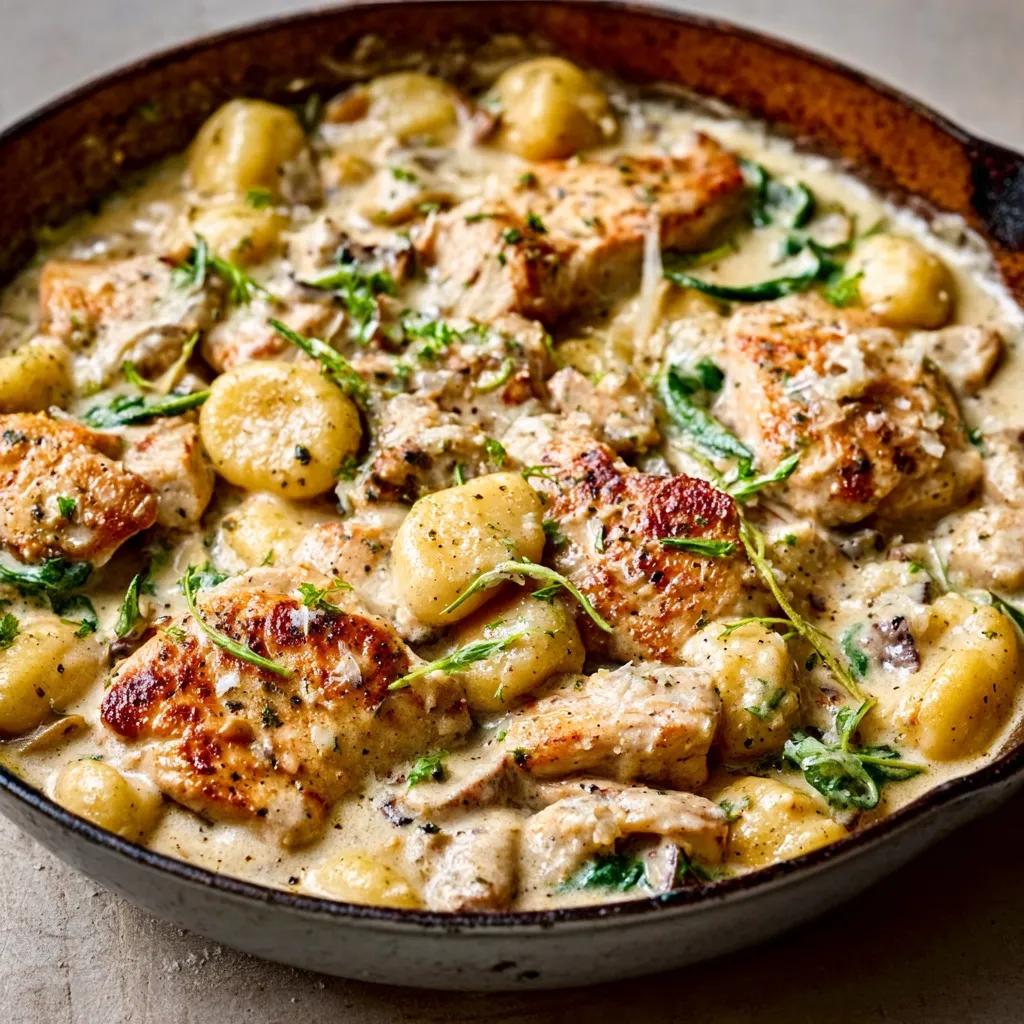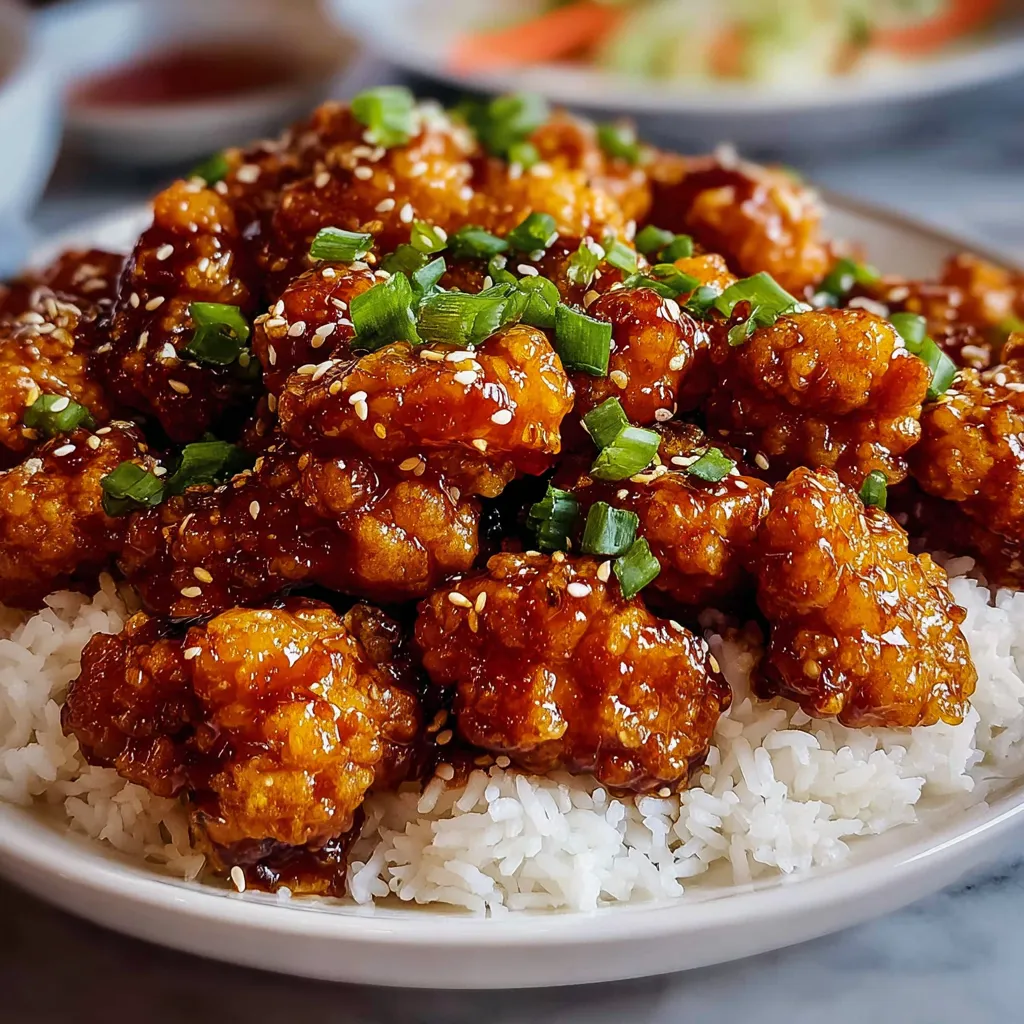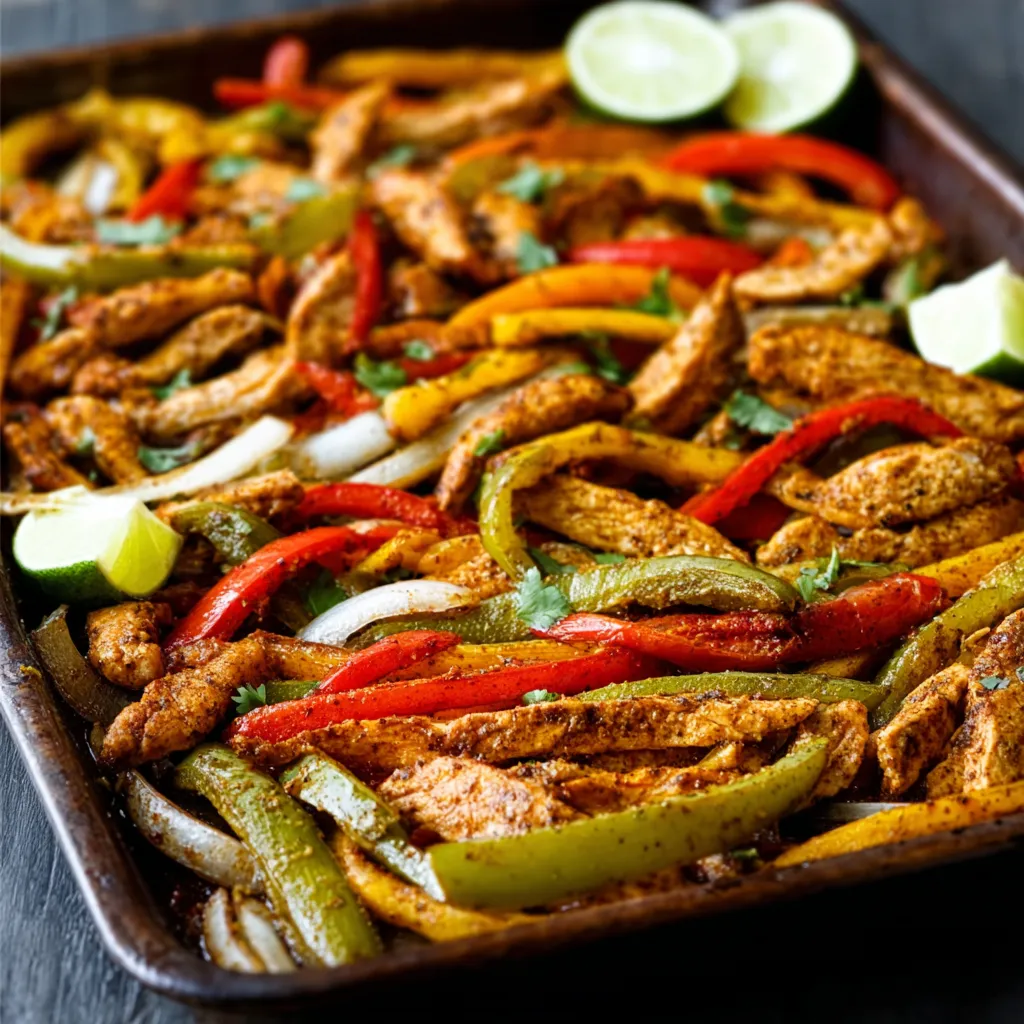Turn humble zucchini into irresistible golden perfection with this crispy pan fried zucchini recipe that transforms everyday vegetables into restaurant-quality side dishes everyone will devour. This technique creates beautifully caramelized exteriors while maintaining tender, flavorful interiors that showcase zucchini’s natural sweetness and delicate texture.
The secret to achieving perfectly crispy results lies in proper preparation and cooking techniques that remove excess moisture while building layers of flavor and texture. Unlike soggy, greasy versions that plague many home kitchens, this method delivers consistent results that make zucchini appealing even to vegetable-resistant family members.
After countless experiments with different batters, coatings, and cooking methods, this recipe has become my go-to solution for using summer’s abundant zucchini harvest. It works equally well as an elegant side dish for dinner parties or a quick weeknight vegetable that transforms ordinary meals into something special and satisfying.
Why This Crispy Pan Fried Zucchini Method Works
The key to exceptional results lies in understanding zucchini’s high water content and how to manage it effectively. Most failed attempts result from skipping crucial moisture-removal steps that prevent proper browning and create steam instead of crispy surfaces.
Salt-drawing techniques pull excess water from zucchini slices before cooking, concentrating flavors while creating the dry surface necessary for proper browning. This step cannot be rushed or skipped without compromising the final texture and taste.
The coating system creates multiple layers of protection and flavor enhancement. Flour provides initial adhesion, egg wash adds richness and binding properties, while breadcrumbs or other coatings deliver the signature crunch that makes this dish irresistible.
Proper temperature control ensures even cooking without burning. Too high heat chars the coating before the zucchini cooks through, while insufficient heat creates greasy, soggy results that satisfy no one.
Selecting and Preparing Perfect Zucchini
Choosing the Right Size and Quality
Medium-sized zucchini deliver optimal results with their balance of flavor and texture. Oversized zucchini often contain large seeds and excess water that interfere with cooking, while tiny zucchini lack the substance needed for satisfying portions.
Look for firm zucchini with glossy, unblemished skin that feels heavy for their size. Soft spots, wrinkled skin, or dull appearance indicate age and quality issues that affect both flavor and cooking performance.
Fresh zucchini should have bright green color with no yellowing or dark spots. The stem end should appear recently cut rather than dried or moldy, indicating proper storage and handling.
Cutting Techniques for Even Cooking
Slice zucchini into uniform rounds approximately ¼-inch thick for consistent cooking results. Thicker pieces require longer cooking times and may remain raw in the center, while thinner slices become mushy before developing proper browning.
Cut diagonally for more elegant presentation and increased surface area that promotes better browning and coating adhesion. This technique works particularly well for formal dinners or entertaining situations.
Remove excess seeds from larger zucchini by scooping out the center with a small spoon. This step prevents sogginess while creating attractive ring shapes that hold coatings better.
Essential Moisture Removal Process
Salt zucchini slices generously and let them drain in a colander for 30-45 minutes. This crucial step draws out excess moisture that would otherwise create steam and prevent proper crisping during cooking.
Pat drained zucchini completely dry with paper towels before proceeding with coating. Any remaining moisture interferes with flour adhesion and creates uneven coating distribution.
For extra assurance, place salted zucchini between clean kitchen towels and press gently to remove stubborn moisture. This additional step ensures optimal results, especially with particularly watery zucchini.
Creating the Perfect Coating System
Flour Base Layer
All-purpose flour creates the foundation for coating adhesion while adding subtle flavor and texture. Season the flour with salt, pepper, and complementary spices to build flavor layers from the beginning.
Alternative flours like rice flour, cornstarch, or seasoned flour blends can create different textures and flavors. Rice flour produces extra crispiness, while cornstarch creates lighter, more delicate coatings.
Avoid over-flouring, which creates thick, gummy coatings that mask zucchini’s delicate flavor. Light, even dusting provides adequate adhesion without overwhelming the vegetable.
Egg Wash Preparation
Beat eggs thoroughly with a splash of milk or water to create smooth, consistent coating that adheres evenly to floured zucchini. Well-beaten egg wash prevents streaky application and ensures uniform browning.
Season egg wash with herbs, spices, or grated cheese for additional flavor complexity. These additions enhance the overall taste while providing aromatic appeal during cooking.
Room temperature eggs mix more easily and create smoother textures than cold eggs straight from the refrigerator. Plan ahead by removing eggs 30 minutes before cooking.
Breadcrumb Selection and Enhancement
Panko breadcrumbs deliver superior crispiness compared to regular breadcrumbs due to their larger, irregularly shaped pieces that create more surface area for browning.
Mix breadcrumbs with grated Parmesan cheese, herbs, or spices to customize flavors and create signature variations. Italian seasoning, garlic powder, or paprika work particularly well with zucchini.
Fresh breadcrumbs made from day-old bread create rustic textures with excellent flavor, though they require more careful moisture management during cooking.
Step-by-Step Cooking Process
Pan Selection and Preparation
Use heavy-bottomed skillets that distribute heat evenly and prevent hot spots that burn coatings before zucchini cooks through. Cast iron or stainless steel pans work best for consistent results.
Heat sufficient oil to cover the bottom of the pan generously without deep-frying. The oil should shimmer but not smoke, indicating proper temperature for immediate sizzling when zucchini is added.
Test oil temperature by dropping a small piece of breaded zucchini into the pan. Proper temperature creates immediate bubbling and sizzling without violent spattering or burning.
Coating Application Technique
Set up an assembly line with flour, egg wash, and breadcrumbs in separate shallow dishes for efficient coating. This organization prevents cross-contamination and maintains clean coating consistency throughout the process.
Coat zucchini pieces individually, shaking off excess flour before dipping in egg wash, then pressing gently into breadcrumbs for complete coverage. Avoid batch-coating, which creates soggy, uneven results.
Place coated pieces on a wire rack while finishing the batch to prevent sticking and maintain coating integrity. This step prevents the coating from becoming soggy while waiting for cooking.
Cooking Execution
Add coated zucchini to hot oil in a single layer without overcrowding. Overcrowded pans reduce oil temperature and create steaming rather than proper frying conditions.
Cook without moving for 2-3 minutes to allow proper browning and coating adhesion. Premature flipping breaks the coating and prevents optimal texture development.
Flip carefully using tongs or a thin spatula to avoid damaging the crispy coating. Cook the second side for an additional 2-3 minutes until golden brown and crispy throughout.
Temperature Control and Timing
Oil Temperature Management
Maintain medium to medium-high heat throughout cooking to ensure consistent browning without burning. Adjust heat as needed based on how quickly the coating browns and oil behavior.
If oil begins smoking, reduce heat immediately and remove the pan from heat briefly to cool slightly. Overheated oil burns coatings and creates bitter flavors that ruin the dish.
Add fresh oil between batches if needed, allowing it to reach proper temperature before adding more zucchini. Cold oil creates greasy, soggy results that lack the desired crispiness.
Batch Cooking Strategy
Cook zucchini in small batches to maintain oil temperature and ensure even browning. Large batches overwhelm the pan and create uneven results with some pieces overcooked while others remain pale.
Keep finished batches warm in a 200°F oven while cooking remaining pieces. This technique maintains crispiness while ensuring everything stays hot for serving.
Allow brief cooling between batches to let oil temperature stabilize and prevent overheating that burns subsequent pieces.
Flavor Variations and Seasonings
Herb and Spice Combinations
Italian seasoning mixed into breadcrumbs creates classic Mediterranean flavors that complement zucchini’s mild taste perfectly. Add dried basil, oregano, and thyme for authentic results.
Cajun seasoning provides bold, spicy variations that transform simple zucchini into exciting side dishes. The heat level can be adjusted based on family preferences and tolerance.
Lemon zest and fresh herbs like parsley or dill brighten the overall flavor profile while adding aromatic complexity that elevates the dish beyond basic fried vegetables.
Cheese Enhancements
Parmesan cheese mixed into breadcrumbs creates rich, savory flavors with additional browning properties that enhance visual appeal. The cheese also adds protein and calcium to increase nutritional value.
Romano or Asiago cheeses provide stronger, more pronounced flavors for those who prefer intense cheese presence. These hard cheeses work similarly to Parmesan in coating applications.
Nutritional yeast offers dairy-free cheese flavor for vegan versions while providing B-vitamins and protein. It creates similar umami depth without animal products.
International Flavor Profiles
Asian-inspired versions using panko mixed with sesame seeds and five-spice powder create unique fusion applications that pair well with Asian main dishes.
Mexican variations incorporating chili powder, cumin, and paprika transform zucchini into perfect accompaniments for Latin American meals or taco nights.
Mediterranean approaches using herbs de Provence, lemon zest, and olive oil create elegant sides that complement grilled meats and seafood beautifully.
Serving Suggestions and Pairings
As a Side Dish
Crispy fried zucchini pairs excellently with grilled meats, roasted chicken, or fish dishes where its light, crispy texture provides pleasant contrast to heartier proteins.
Serve alongside other summer vegetables like tomatoes, corn, or bell peppers for colorful, seasonal presentations that celebrate garden abundance.
Include in Mediterranean mezze platters with hummus, olives, and fresh bread for casual entertaining that showcases the zucchini’s versatility and appeal.
Appetizer Applications
Cut zucchini into sticks rather than rounds for finger-food presentations that work well with dipping sauces at parties and gatherings.
Serve with marinara sauce, ranch dressing, or aioli for interactive dining experiences that encourage sharing and conversation.
Create elegant appetizer presentations by arranging fried zucchini on platters with fresh herbs and lemon wedges for color and aromatic appeal.
Main Dish Integration
Layer fried zucchini in casseroles or gratins where the crispy texture adds interesting contrast to creamy, saucy components.
Use as topping for salads, grain bowls, or pasta dishes where the crispy elements provide textural variety and visual interest.
Incorporate into sandwiches or wraps as a vegetarian protein component that adds substance and satisfying crunch.
Storage and Reheating Tips
Maintaining Crispiness
Store leftover fried zucchini in the refrigerator for up to 2 days, though texture quality diminishes over time. Proper storage in breathable containers helps maintain some crispiness.
Reheat in a 400°F oven for 5-7 minutes to restore some crispiness rather than using microwaves, which create soggy, unappetizing results.
For best results, consume fried zucchini immediately after cooking when the coating is at peak crispiness and the interior is perfectly tender.
Make-Ahead Strategies
Prepare coated zucchini up to 2 hours in advance, storing on wire racks in the refrigerator until ready to cook. This technique allows for convenient timing during meal preparation.
Partially cook zucchini and finish in the oven just before serving for parties or large gatherings where timing coordination is challenging.
Freeze coated raw zucchini for up to 1 month, cooking directly from frozen with slightly extended cooking times for convenient future meals.
Troubleshooting Common Problems
Preventing Soggy Results
Ensure complete moisture removal through proper salting and drying techniques. Rushed preparation often leads to excess moisture that prevents proper crisping.
Maintain proper oil temperature throughout cooking to ensure immediate searing that creates the crispy exterior while cooking the interior properly.
Avoid overcrowding the pan, which reduces oil temperature and creates steaming conditions that prevent browning and crisping.
Coating Adhesion Issues
Allow coated zucchini to rest briefly before cooking to help the coating set and adhere properly. This step prevents coating loss during cooking.
Ensure each coating layer is applied properly – flour for adhesion, egg for binding, and breadcrumbs for texture. Skipping steps creates coating failure.
Handle coated pieces gently during cooking to avoid damaging the delicate coating structure that provides the desired crispiness.
Nutritional Benefits and Health Considerations
Zucchini Nutrition
Zucchini provides excellent sources of vitamin C, potassium, and fiber while remaining low in calories and carbohydrates. These nutrients support immune function and digestive health.
The vegetable contains antioxidants like lutein and zeaxanthin that support eye health, plus folate that’s essential for cellular function and DNA synthesis.
High water content helps with hydration while the fiber supports digestive health and blood sugar regulation when part of balanced meals.
Cooking Method Considerations
Pan-frying adds calories from oil but creates more appealing textures that encourage vegetable consumption, especially for reluctant eaters who avoid plain vegetables.
Using moderate amounts of healthy oils like olive oil or avocado oil provides beneficial fats while keeping calorie additions reasonable for most dietary goals.
The coating provides additional carbohydrates and protein, making this preparation more substantial and satisfying than simple steamed or boiled zucchini.
Frequently Asked Questions
Why does my zucchini coating fall off during cooking? This usually indicates insufficient drying or skipped coating steps. Ensure zucchini is completely dry and follow the flour-egg-breadcrumb sequence without skipping layers.
Can I bake this instead of pan-frying? Yes! Bake at 425°F for 15-20 minutes, flipping halfway through. Spray with oil for better browning, though the texture won’t be quite as crispy as pan-fried versions.
How do I prevent the oil from spattering? Keep oil temperature moderate and ensure zucchini is completely dry before adding to the pan. A splatter screen also helps contain oil without interfering with cooking.
Can I prepare this ahead of time? For best results, cook just before serving. However, you can coat zucchini up to 2 hours ahead and refrigerate until ready to cook.
What oil works best for frying? Neutral oils with high smoke points like vegetable, canola, or peanut oil work best. Avoid olive oil, which has a lower smoke point and can burn easily.
How do I know when the zucchini is done? The coating should be golden brown and crispy, and the zucchini should feel tender when pierced with a fork. Total cooking time is usually 4-6 minutes per batch.
Conclusion and Final Tips
This crispy pan fried zucchini recipe transforms ordinary vegetables into extraordinary side dishes that make healthy eating enjoyable and satisfying. The combination of proper preparation techniques and careful cooking creates restaurant-quality results that rival any professional kitchen.
Remember that success depends on attention to detail – proper moisture removal, correct coating application, and temperature control all contribute to the final outcome. Don’t rush the process, as each step builds toward the perfect crispy exterior and tender interior.
The versatility of this basic technique opens up endless possibilities for customization and creativity. Experiment with different seasonings, try various coating combinations, and discover your family’s favorite variations that make vegetables the star of the meal.
Ready to transform your zucchini game? This crispy pan fried zucchini recipe delivers everything you want in a vegetable side dish – incredible flavor, perfect texture, and universal appeal that will have everyone asking for seconds and requesting this dish again and again.
Print
Best Crispy Pan Fried Zucchini Recipe for Perfect Golden Results
- Total Time: 1 hour
- Yield: 4 servings 1x
- Diet: Vegetarian
Description
This Crispy Pan Fried Zucchini recipe transforms summer squash into golden, flavorful bites with perfectly caramelized edges and tender centers. It’s an easy, crowd-pleasing side dish that’s crunchy, light, and absolutely addictive!
Ingredients
- 2 medium zucchini, sliced into ¼-inch thick rounds
- 1 teaspoon salt (for sweating zucchini)
- ½ cup all-purpose flour
- 2 large eggs
- 1 tablespoon milk or water
- 1 cup panko breadcrumbs
- ¼ cup grated Parmesan cheese
- ½ teaspoon garlic powder
- ¼ teaspoon black pepper
- Olive oil or vegetable oil, for frying
Instructions
- Sprinkle zucchini slices with salt and place in a colander for 30–45 minutes to draw out moisture. Pat completely dry with paper towels.
- Set up a dredging station with 3 shallow bowls: flour in the first, beaten eggs with milk in the second, and a mixture of panko, Parmesan, garlic powder, and pepper in the third.
- Dredge each zucchini slice in flour, dip in egg wash, and coat in the breadcrumb mixture. Place coated slices on a wire rack.
- Heat oil in a heavy-bottomed skillet over medium heat. Add zucchini in a single layer without overcrowding.
- Fry 2–3 minutes per side until golden brown and crispy. Transfer to a paper towel-lined plate and keep warm in a 200°F oven if needed.
- Repeat with remaining zucchini, adding more oil as necessary. Serve immediately with dipping sauce or as a side dish.
Notes
Make sure to pat the zucchini dry thoroughly before coating. Add lemon zest or Italian seasoning to breadcrumbs for variation. Store leftovers in the fridge and reheat in a 400°F oven for 5–7 minutes.
- Prep Time: 45 minutes
- Cook Time: 15 minutes
- Category: Side Dish
- Method: Pan Fried
- Cuisine: American
Nutrition
- Serving Size: 6–8 slices
- Calories: 240
- Sugar: 2g
- Sodium: 410mg
- Fat: 14g
- Saturated Fat: 3g
- Unsaturated Fat: 9g
- Trans Fat: 0g
- Carbohydrates: 20g
- Fiber: 2g
- Protein: 9g
- Cholesterol: 55mg
Keywords: crispy zucchini, fried zucchini, zucchini side dish, summer vegetables, zucchini recipe

